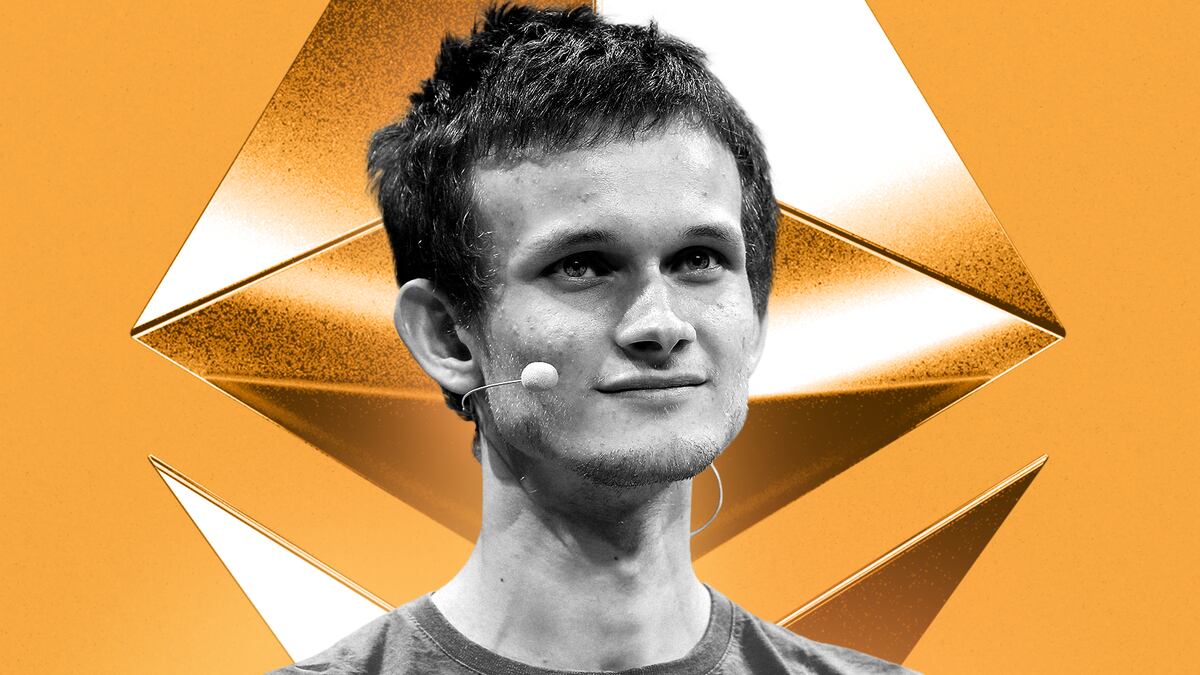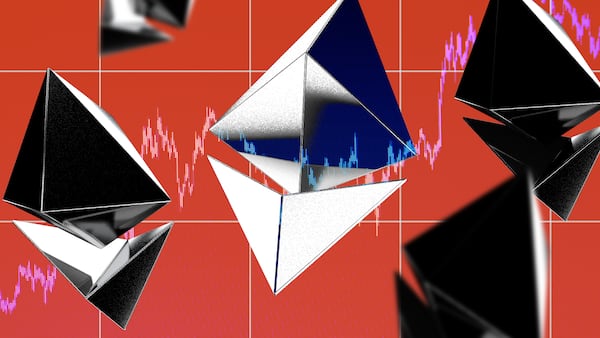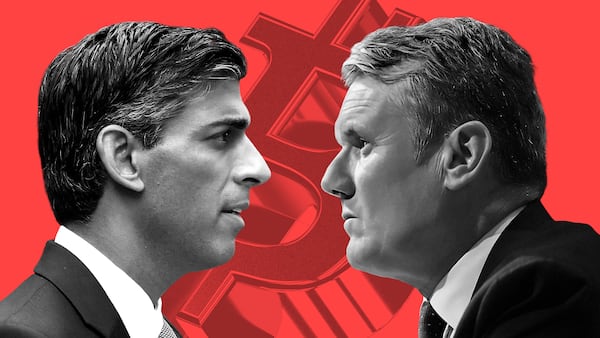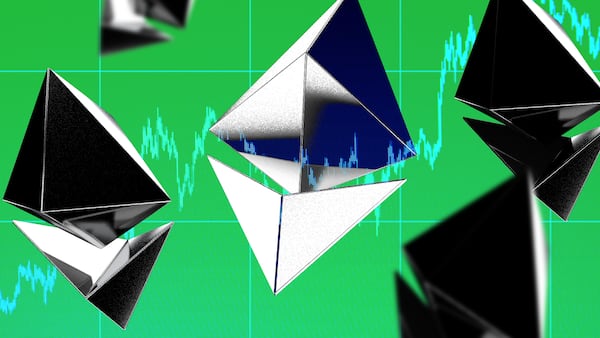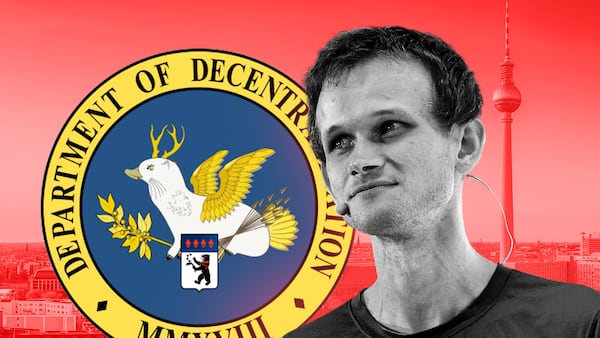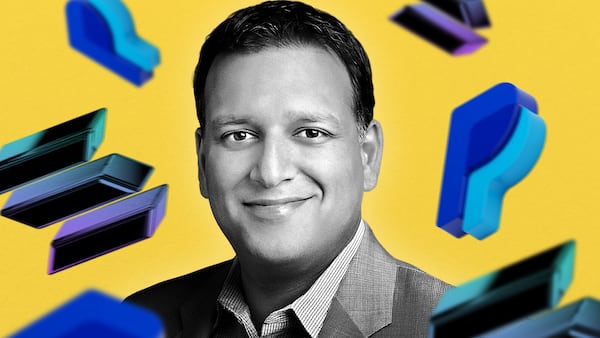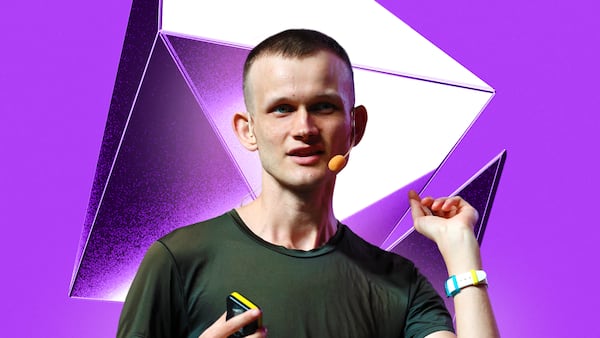- Ethereum's decision to scale through complementary blockchains has created a diverse community, co-founder Vitalik Buterin writes.
- But developers risk echo chambers or monoculture if they don't work to protect this pluralism.
Ethereum’s much-debated “rollup-centric road map” was the right call, but comes with its own set of pitfalls, according to the blockchain’s co-founder, Vitalik Buterin.
Ethereum has ambitions of serving as a “world computer” — the rails on which a new set of leaderless, user-owned businesses and organisations will run.
But the blockchain is slow and expensive.
In their quest to build a blockchain that can serve billions of users reliably and affordably , Ethereum’s team of developers decided the blockchain should expand through many complementary blockchains rather than through improvements to Ethereum itself.
Doubling down on these complementary blockchain s— called layer 2s or rollups, in crypto-speak — was the right call, Buterin argued in his influential blog last week.
“This is powerful, and enables a lot of creativity and independent innovation,” he wrote.
The rollup model has created a diverse community that is still united by a shared set of values, he said.
“Layer 2s allow subcultures to emerge that are armed with substantial resources, and a feedback loop that forces them to learn and adapt in order to be effective in the real world,” Buterin wrote.
“In general, every Ethereum layer 2 has a unique ‘soul’: some combination of Ethereum’s culture, together with its own particular twist.”
But this happy status quo shouldn’t be taken for granted, he said.
Coordination is difficult, with little incentive for competing layer 2 blockchains to collaborate, according to Buterin.
Danger of “monoculture”
Layer 2 blockchains and their communities could “start acting like separate universes, with little cross-pollination between them,” he wrote.
Alternatively, some layer 2 blockchains might come to dominate, snuffing out Ethereum’s pluralistic ethos for a “monoculture.”
“Whether due to shared human biases or shared economic incentives (or too strong of a unified Ethereum culture), everyone ends up looking in similar places for what applications to build and perhaps even what technical choices to make,” he wrote.
Buterin suggested layer 2 blockchains coordinate by subsidising the development of shared infrastructure
“There is a lot of value in trying to expand on these ideas, and keep working to make the best of Ethereum’s unique advantage as a pluralistic ecosystem.”
Layer 2s booming
Layer 2 blockchains have boomed in recent years.
According to crypto research site L2BEAT, almost 100 layer 2s are active or in development.
Existing layer 2 blockchains have processed almost twice as many transactions as Ethereum itself over the past year, according to data collected by Jack Gorman, a data scientist at venture capital firm Variant Fund.
Aleks Gilbert is a DeFi Correspondent at DL News. Got a tip? Email him at aleks@dlnews.com.


